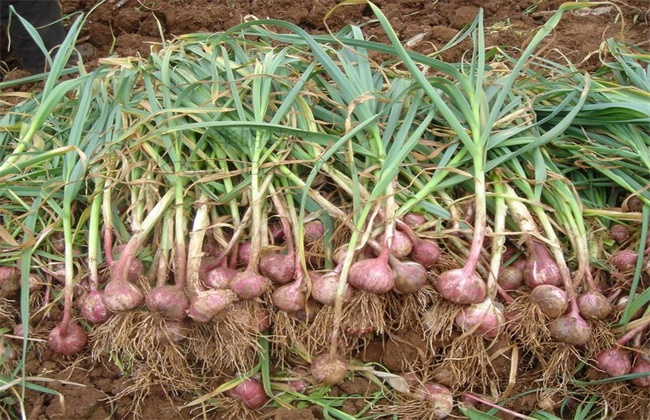Growth characteristics and fertilization of Lotus Root
The cultivation of lotus root is still very common in China, because the taste of lotus root is very good, and the nutritional value is also very rich, so its market demand is still relatively large. When planting lotus root, we first need to understand the growth characteristics of lotus root, and also do a good job of fertilization. So the editor brings you the growth characteristics and fertilization of lotus root today. Let's take a look at it with the editor.

1. Budding period
After the seed lotus root begins to germinate, until the standing leaves begin to grow, it belongs to the bud growth period of lotus root. If the middle and late maturity varieties are planted, then the time is usually within half a month to a month or so. When the temperature rises to about 15 degrees in spring, the lotus root in the soil will begin to sprout and grow. Before the standing leaves were produced, the main source of nutrition of lotus root was the nutrition stored in the lotus root. Planting lotus root is generally relatively hypertrophic, if the soil fertility is sufficient, the water level is shallow and the temperature is high, then it can promote the standing leaves to grow as soon as possible.
2. exuberant growth period
When the lotus root plant produces the first standing leaf, until the later leaf appears, it belongs to the vigorous growth period of the lotus root. If it is a mid-late maturing variety, then its time is usually about two months. With the rising temperature, the vegetative growth of lotus root will be accelerated. Usually when about two standing leaves grow, the main stem of the lotus root will begin to branch, and at this time the roots and leaves of the lotus root will begin to grow in an all-round way. After about 6-7 standing leaves grow on the main stem, buds begin to appear. This period is the peak of lotus root nutritional demand, not only to ensure the vigorous growth of roots and lotus whips, but also to avoid excessive growth of plants and delay the time of lotus root formation.
3. Lotus root stage
The stage of lotus root knot occurs after the leaves appear until the new lotus root is fully expanded. This time is about three months, and the growth of the leaves indicates that the underground stem has begun to stretch downwards from the horizontal direction. Internode will gradually shorten and expand, nutrition accumulation, resulting in the emergence of new lotus root. The water content of new lotus root is high, and the content of dry matter such as starch and protein is relatively small, so it will take about two months to fully mature. When the underground part begins to root gradually, the aboveground part will gradually blossom and bear fruit.
4. Apply potash fertilizer
A professional data survey shows that when planting lotus root, reasonable application of potash fertilizer can effectively promote the growth of lotus root leaves. It can not only increase the number of standing leaves and the area of photosynthesis of lotus root, but also increase the water content of various tissues and organs in lotus root plant. Delay the senescence rate of floating leaves and standing leaves, so as to improve the formation and accumulation of photosynthetic matter during the growth period of lotus root. Rational application of potash fertilizer can also prolong the mature period of lotus root, thus increasing the yield of lotus root.
The above is a brief introduction of lotus root growth characteristics and fertilization. That's all for today's introduction. This article is for reference only. I hope it can help you all.
Related
- Where is it suitable to grow horseradish in China? it is expected to see the middle altitude horseradish in Alishan.
- How to prevent tomato virus disease reasonably? (Control methods included)
- Many people like to plant towel gourd on the balcony. What are the main points of this method and management?
- What crops can chili peppers be mixed with?
- Fertilization techniques and matters needing attention in Tomato
- What are the grafting techniques for peach seedlings in spring?
- Harm and control methods of root swelling disease of Chinese cabbage
- What are the pests of sweet potatoes? How to prevent and cure it?
- Symptoms, causes and Control methods of navel Rot in Tomato
- The cause of "Cucumber rotten bibcock" in Farmers' planting Cucumber and its Control Plan



